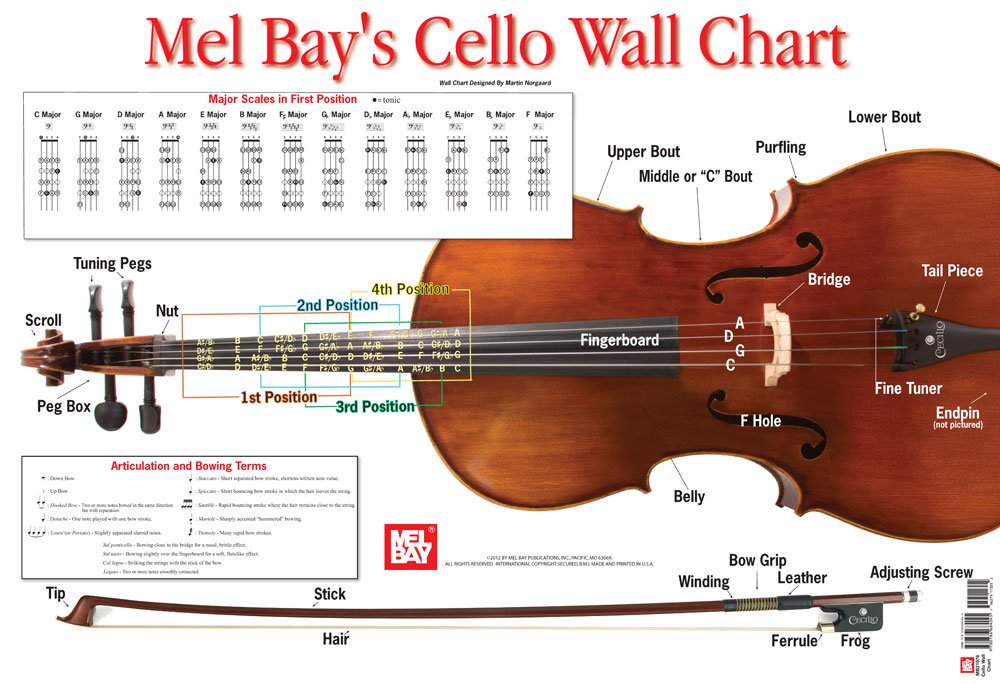Welcome to the enchanting world of the cello! Whether you’ve just picked up this majestic instrument or are considering diving into its rich soundscape, mastering the basics is your first step towards unlocking its full potential. In this guide, we’ll explore some essential cello techniques tailored specifically for beginners, paving the way for a fulfilling musical journey ahead.


1. Establishing Proper Posture and Positioning
Before even touching the strings, it’s crucial to establish a solid foundation with your posture and positioning. Sit comfortably with your feet flat on the floor, back straight, and cello positioned securely between your knees. Ensure that the endpin is adjusted to a height where the instrument rests against your chest and shoulder comfortably.
2. Getting to Know Your Bow
The bow is your voice on the cello, and understanding its anatomy and proper handling is essential. Hold the bow with a relaxed grip, keeping your fingers curved and flexible. Experiment with the weight distribution between the index finger and thumb to achieve a balanced and controlled stroke.
3. Bowing Techniques: From Smooth Strokes to Vibrant Articulation
Achieving a beautiful sound on the cello relies heavily on mastering bowing techniques. Start with long, smooth strokes across the strings, focusing on maintaining consistent pressure and speed. Experiment with different bowing styles, such as détaché, legato, and staccato, to add variety and expression to your playing.
4. Navigating the Fingerboard: Understanding Finger Positions and Intonation
The fingerboard can seem daunting at first, but fear not! Begin by familiarizing yourself with the finger positions for each note, starting with the natural notes on the A and D strings. Pay close attention to intonation, ensuring that each note rings true and clear. Practice scales and simple melodies to reinforce muscle memory and finger dexterity.
5. Developing a Practice Routine: Consistency is Key
Like any skill, mastering the cello requires consistent practice. Establish a regular practice routine that incorporates exercises for technique, scales, and repertoire. Set achievable goals for each practice session and track your progress over time. Remember, it’s not about how long you practice but how effectively you use your time.


Conclusion
Mastering the basics of cello playing is a rewarding journey that requires patience, dedication, and a love for music. By focusing on proper posture, bowing techniques, finger positioning, and consistent practice, beginners can lay a solid foundation for future growth and musical expression. So, grab your cello, embrace the learning process, and let the music guide you on your adventure!


- Mastering the E Chord: A Beginner’s Guide to Guitar Greatness
- The Allure of the White Falcon Guitar: A Timeless Icon
- Enchanted Chords: The Musical Magic of Taylor Swift
- Striking a Chord: The Power of Music in Our Lives
- The Ultimate Guide to Trumpet Fingering Chart

